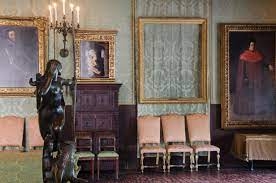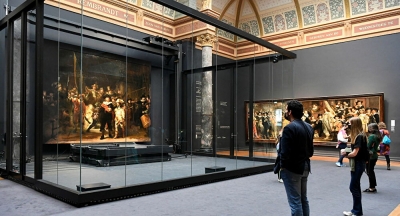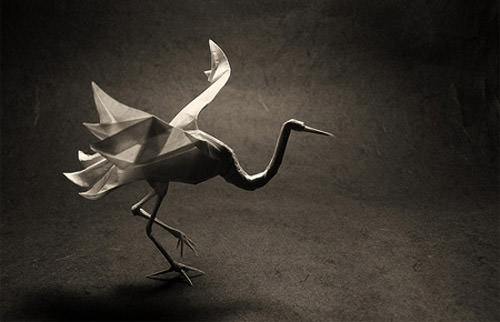Which are the world’s most famous paintings which were stolen but are yet to be found?

After a decade-long search, the Greek police last month recovered two artworks stolen from the Greece's National Art Gallery in 2012. One of the paintings, "Head of a Woman" by Pablo Picasso was donated to the Greek people by the Spanish painter himself, while the other painting was made by the Dutch painter Piet Mondrian. While the recovery of the paintings has created a buzz in the art world, here's a look at some of the world's most famous paintings, which were stolen but are yet to be found...
Picasso
Believe it or not more than 1,000 of Picasso's artworks have been reported missing from all over the world. One of his masterpieces, the "Harlequin Head" was stolen from the Kunsthal Museum in Rotterdam, the Netherlands, in 2012. The thieves walked away with seven masterpiences by some of the biggest names in art history, including Monet and Gauguin. While the thieves were later caught, the paintings could not be recovered. It was alleged that the paintings were burnt by the culprits. Another of Picasso's paintings, "Le Pigeon Aux Petit Pois" (The Pigeon with Green Peas) was stolen in May 2010 from the Musee d'Art Moderne de la Ville de Paris in France. When the thief was arrested, he claimed that he threw the painting in the dustbin. However, this claim remains unverified.
Rembrandt and Vermeer
The night of March 18, 1990 is one that the art world is unlikely to forget. "The Storm on the Sea of Galilee" by Rembrandt and 'The Concert" by Johannes Vermeer were stolen, along with 12 other masterpieces, from the Isabella Stewart Gardner Museum in Boston by two men in the guise of Boston police officers. Both the paintings are extremely valuable. "The Storm on the Sea of Gallilee" is believed to be Rembrandt's only sea scape, while "The Concert" by Vermeer depicting a musical performance, is prized at an estimated $200 million. So, this is considered one of the largest art-heists in history, and what's more, the museum still displays the empty frames of the paintings!
The missing panel
One of the panels of the 12-panel Ghent Altarpiece at the Saint Bavo's Cathedral in Belgium was stolen in 1934. The thieves left a note stating. "Taken from Germany by the Treaty of Versailles". Interestingly, a local Belgian politician Arsene Goedertier allegedly confessed on his deathbed that he knew the location of the painting, but refused to reveal it. In 1945, the missing panel was replaced with a copy by Jef Van der Veken, a Belgian restorer. But the whereabouts of the original panel still remain unknown.
The perils of war
A 16th Century painting by the Italian Renaissance master Raphael titled "Portrait of A Young Man" went missing during World War II. It belonged to a Polish noble family. When the Nazi invaded Poland, they stole the painting along with several others. It was supposed to be displayed at Hitlers Fuhrermuseum, but it went missing in 1945 from the residence of one of his officers. No one knows what happened to the painting.
Picture Credit : Google

